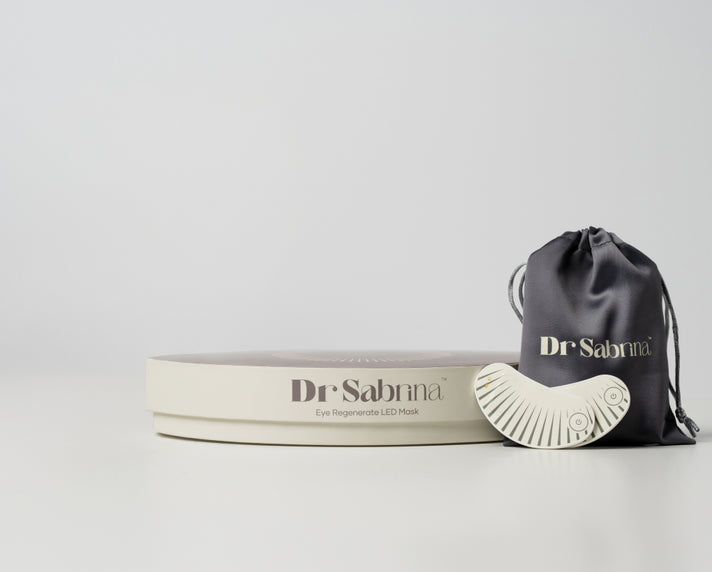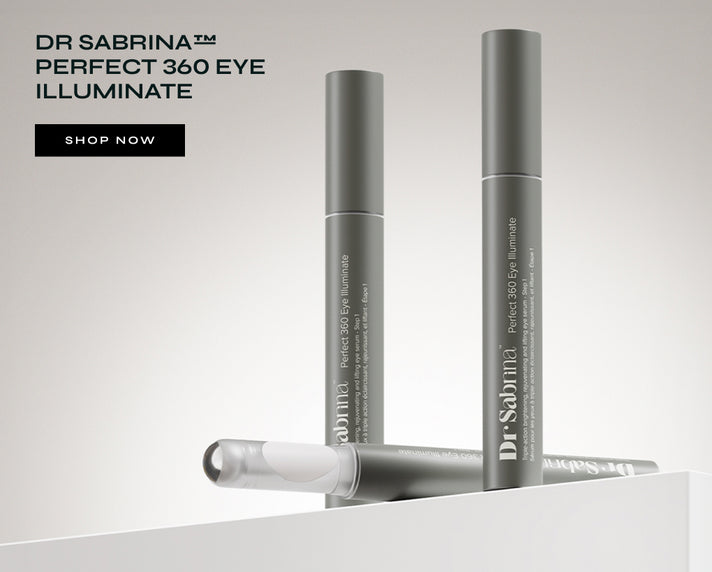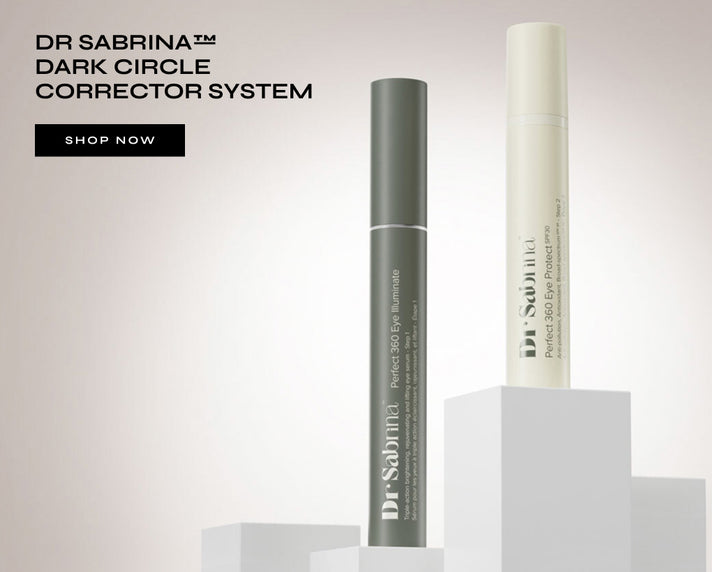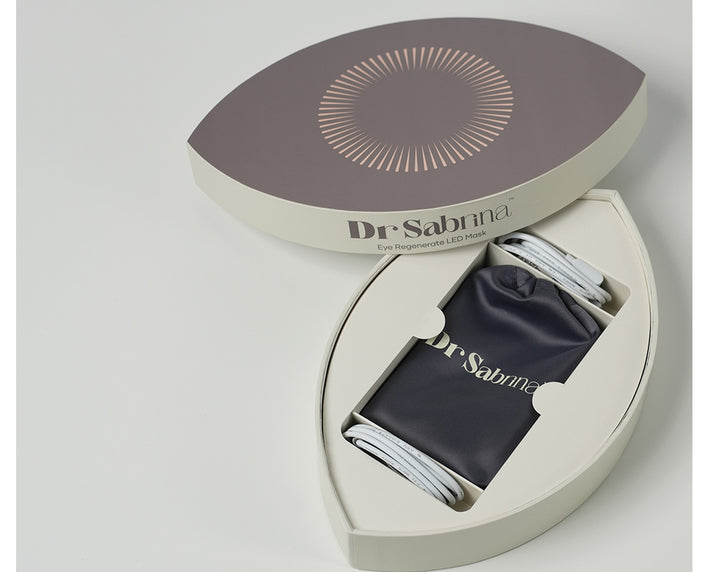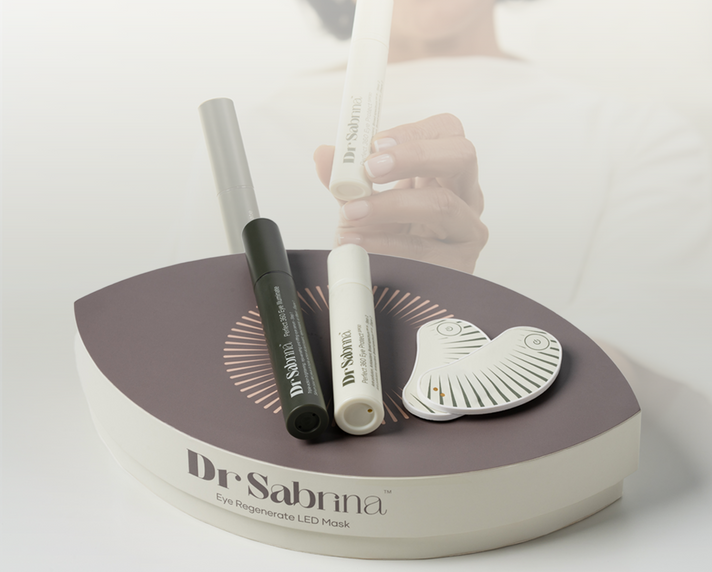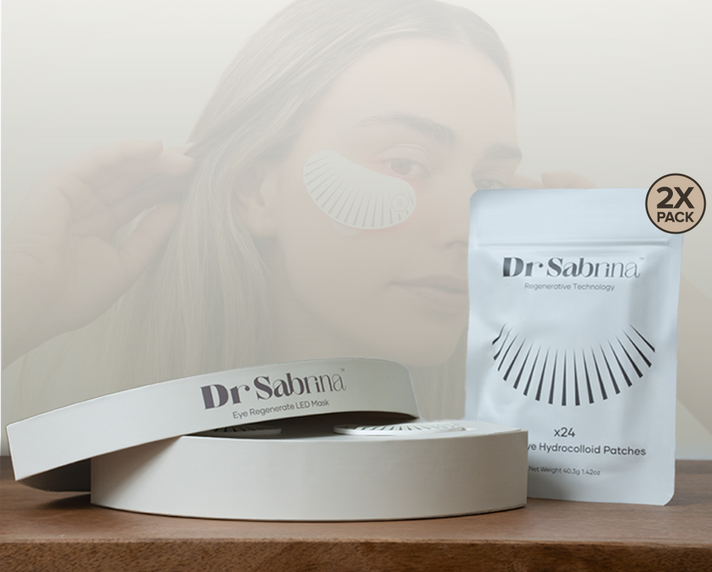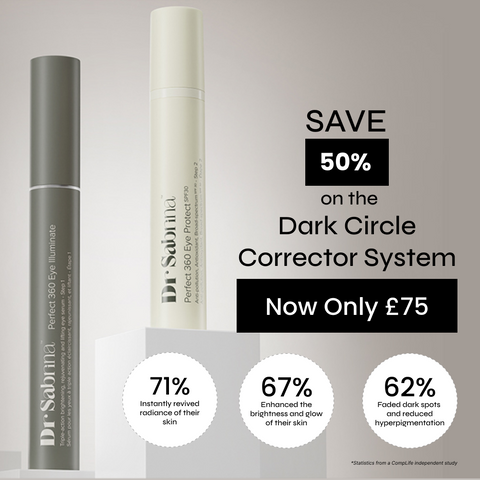LED Eye Patches
What are Sunken Eyes: Causes, Symptoms and Prevention
5 min.
Are you noticing sunken in eyes or hollow-looking areas under your eyes? You might also notice the skin around your eyes turning darker. If you can relate to this, you're not alone.
While ageing is a factor in sunken eyes, other elements like dehydration, a lack of sleep, or a linked medical condition can also contribute, potentially affecting younger individuals as well. People typically realise they have sunken eyes when they see themselves in the mirror. The way that sunken eyes look can differ from person to person.
This guide explores the signs of sunken eyes, their causes, and effective remedies to help you regain a refreshed look.
What are Sunken eyes?
Sunken eyes are also referred to as "hollow eyes" or "enophthalmos." This is a common concern for both men and women. It occurs when the eyes are deeply set.
The term "hollow under eyes" refers to eyes that appear sunken or dark, giving the impression that they are set back inside the eye socket.
Enophthalmos occurs when the eye sinks inward. "En" denotes "in," and "ophthalmos" refers to the eye. The opposite of enophthalmos is exophthalmos (proptosis), which is the bulging of the eyes.
Sunken eyes, or enophthalmos, can be present from birth (congenital) or develop later in life (acquired). It can affect one eye or both eyes.
Sunken eyes can occur due to various reasons, including dehydration, conditions like Horner's syndrome, and traumatic eye injuries such as those resulting from accidents or physical altercations (traumatic enophthalmos). Congenital conditions such as silent sinus syndrome and the natural ageing process (senile enophthalmos) can also lead to sunken eyes.
What are the Causes of Sunken Eyes?
- Dehydration
- Aging
- Lack of Sleep or Fatigue
- Nutritional Deficiencies
- Weight Loss
1. Dehydration
Insufficient water intake reduces skin elasticity and tissue volume, leading to a hollow appearance around the eyes.
2. Aging
Natural aging decreases collagen and fat around the eyes, making the skin thinner and causing a sunken look.
3. Lack of Sleep or Fatigue
Poor sleep affects circulation and fluid balance, leading to hollow eyes and dark circles.
4. Nutritional Deficiencies
Lack of essential nutrients like Vitamin C, Vitamin K, or iron can weaken the skin and worsen the appearance of sunken eyes.
5. Weight Loss
Rapid or excessive weight loss reduces facial fat, including around the eyes, making them look hollow.
What are Sunken Eyes Symptoms?

Here are some of the common sunken eyes symptoms:
- Double vision (Diplopia)
- Difficulty focusing
- Facial asymmetry
- Sagging upper eyelids (Ptosis)
- Deep groove in the upper eyelid (superior Sulcus)
- Dryness of the eye
Let’s look at each symptom in detail.
1. Double Vision (Diplopia)
Individuals with hollow eyes may experience double vision, also known as diplopia. This occurs because the alignment of the eyes is often disturbed, making it difficult for the brain to connect the two images from both eyes into one clear picture. This may cause discomfort and make it harder to do things like read or drive.
2. Difficulty Focusing
Due to changes in the positioning of the eye within the socket, focusing on objects may become challenging. This can cause blurry vision, especially when focussing on near or distant objects, making reading and using a computer more challenging.
3. Facial Asymmetry
One of the more noticeable signs of enophthalmos is facial asymmetry, where one side of the face appears different from the other. This asymmetry is most evident in the eye area, with one eye appearing more recessed or sunken than the other, which can affect the overall balance of facial features.
4. Sagging Upper Eyelids (Ptosis)
Sunken eyes can cause the upper eyelid to droop, a condition known as ptosis. This sagging of the eyelid can partially obstruct vision and contribute to a tired or aged appearance. The severity of ptosis can range from mild to more pronounced, depending on the severity of hollow eyes.
5. Deep Groove in the Upper Eyelid (Superior Sulcus)
A deep groove or hollow under the eye, called the "superior sulcus," is a hallmark of sunken eyes. It creates a hollowed-out look, worsening the appearance of dehydrated sunken eyes.
6. Dryness of the Eye
Since the positioning of the eye is altered, the eyelid may not fully close, leading to bad lubrication of the eye. This may result in dryness and irritation of the eye. In some cases, the dryness may be accompanied by redness, discomfort, or even a sensation of something being stuck in the eye.
How to Prevent Sunken Eyes?
Here’s how to prevent sunken eyes:
- Stay hydrated
- Protect your eyes from the sun
- Eat a balanced diet
- Get enough sleep
- Avoid smoking and excessive alcohol
- Eye care routine
- Get regular eye exams
Let’s explore all these prevention methods in detail.
1. Stay Hydrated

Drinking enough water is crucial for keeping your skin and eyes fresh. Dehydration can cause your eyes to look tired and sunken. Try to drink water throughout the day and reduce alcohol, as it can dehydrate you quickly. Staying hydrated will help prevent dehydrated sunken eyes.
2. Protect Your Eyes from the Sun
UV rays from the sun can damage the delicate skin around your eyes, leading to wrinkles, droopiness, and dark shadows. Wearing sunglasses and a hat and applying sunscreen when you’re outside can protect your eyes and keep the skin around them looking healthy.
3. Eat a Balanced Diet
A nutrient-rich diet is key for maintaining vibrant skin. Foods packed with vitamins A, C, and E support healthy cell regeneration, keeping your skin firm and reducing the appearance of sunken eyes. Include foods like leafy greens, citrus fruits, nuts, and carrots in your daily meals.
4. Get Enough Sleep
Your eyes can look tired and hollow if you do not get enough sleep. Try to get between 7 and 9 hours of sleep every night to allow your body to heal and rejuvenate. Proper rest will help keep your eyes looking bright and refreshed.
5. Avoid Smoking and Excessive Alcohol
Smoking and heavy alcohol use can speed up the ageing process, making the skin around your eyes thinner and more prone to sagging. Cutting back on these habits can significantly reduce the risk of developing sunken eyes over time.
6. Eye Care Routine
A proper eye care routine can help improve the look of sunken eyes. Using the right products, like eye serum, eye creams, and LED under-eye patches, can make a noticeable difference. These products deeply hydrate, brighten, and stimulate collagen production. The LED patches use light therapy to revitalise the skin under the eyes for a more youthful appearance.
7. Get Regular Eye Exams
Regular check-ups with an eye specialist are important for maintaining eye health. They can catch any early signs of conditions that may contribute to sunken eyes, giving you the chance to address them before they worsen.
Treatments for Sunken Eyes
If home remedies don’t provide the desired results, consider these treatments for under-eye sunken areas:
Dermal Fillers
Hyaluronic acid fillers are injected to restore volume and reduce the hollow look of sunken in eyes.
Microneedling
This stimulates collagen production, improving skin texture and elasticity.
Laser Therapy
Laser treatments reduce dark circles and stimulate collagen around the eyes.
Skincare Products
Invest in products specifically designed for the under-eye area to hydrate and firm the skin.
Target Dark Circles Effectively
If your sunken eyes are accompanied by dark circles, you're not alone—many people experience both issues simultaneously. To help reduce the appearance of dark under-eye areas, we recommend the Dr. Sabrina Dark Circle Corrector

Quick Recap - What are Sunken Eyes: Key Symptoms and Prevention
Sunken eyes are commonly associated with ageing, but factors like dehydration, lack of sleep, or medical conditions can also contribute. Common symptoms include dark circles, hollow-looking eyes, dry eyes, and facial asymmetry.
Not all cases of sunken eyes need treatment. You can try simple remedies such as getting more sleep and drinking enough water. However, if your sunken eyes are due to injury, you may need surgery for treatment. If you also have wrinkles, using under-eye patches can work wonders to improve the appearance. For more details, check out our previous guide on How Do Under Eye Patches Work for Wrinkles.



